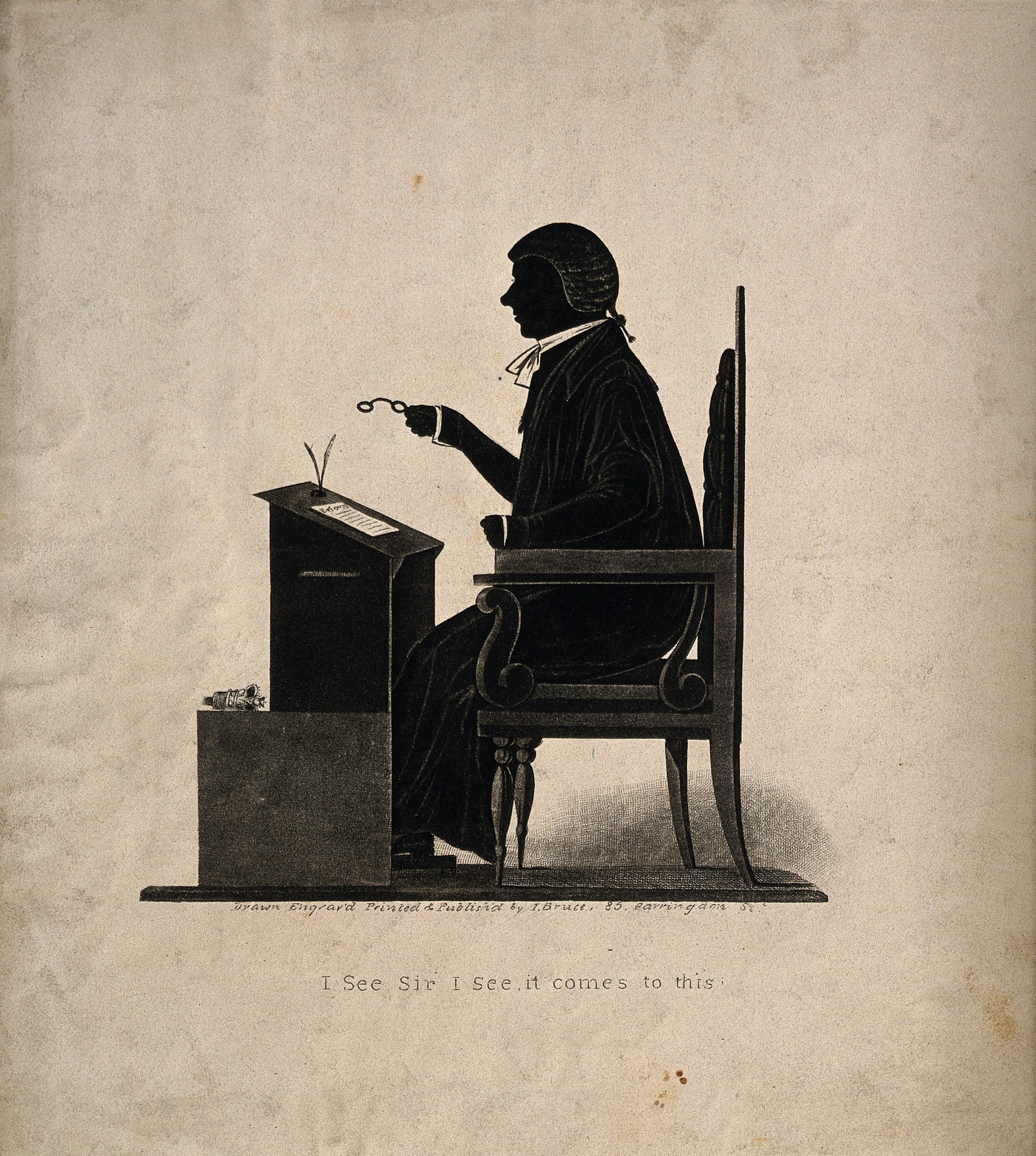In Blueprint for Change, William Henderson states that the future is bleak for law graduates in the United States because the job market is increasingly uncertain. He writes, “our current legal education is likely to enhance the human capital of our students, but in the emerging economic environment, the benefits of that education are insufficient to pay back its cost […]. The issue is whether the education we offer is able to adapt to the rapidly changing legal industry.”
According to Henderson, the current market is unable to sustain the large numbers of law graduates, and while law schools are having some difficulty filling seats, which ultimately leads to difficulty in finding professional employment for their graduates, they continue to offer attractive financing packages to perspective students, which increases enrollment (and ultimately increases the debt load of graduating students). Additionally, while law schools train students via traditional education models, companies that offer legal products and services (but are not classified as law firms) are becoming increasingly attractive alternatives to hiring lawyers. This in turn decreases the demand for lawyers and leaves many law graduates with an inability to find work in private practice. As Henderson states, “by removing the lawyer from the value chain, cost goes down, quality goes up, and service delivery time becomes faster.”
While Henderson’s research is based on American law schools, I believe that in an era where the legal profession is changing to accommodate self-represented litigants and the entry of ‘do-it-yourself’ products on the legal market, this research adds an extra layer of understanding when it comes to envisioning our futures as lawyers. As my colleague Salman outlined in his blog post “Surviving the Technological Threat,” we have been hearing from our speakers and professors throughout the semester that our current method of practicing law is in danger of changing significantly with respect to new technologies and new methods of outsourcing legal work.
Henderson suggests deviating from the traditional structure and tailoring legal education to fit labour market outcomes, but this does not seem entirely practical for Canadian law schools. While the Canadian legal market is increasingly saturated, we have yet to experience the demise of traditional legal education as Henderson sees it, likely because we have far fewer law schools than the US, and despite our tentative adherence to Maclean’s yearly rankings, our country has yet to implement a tier-based system. As Salman also points out, it is unlikely that the introduction of new technologies will change the legal landscape as a whole. Rather, these technologies will likely assist lawyers to provide more efficient legal services, particularly if lawyers are free to concentrate on more complex legal issues that are outside the scope of these products and technologies.







